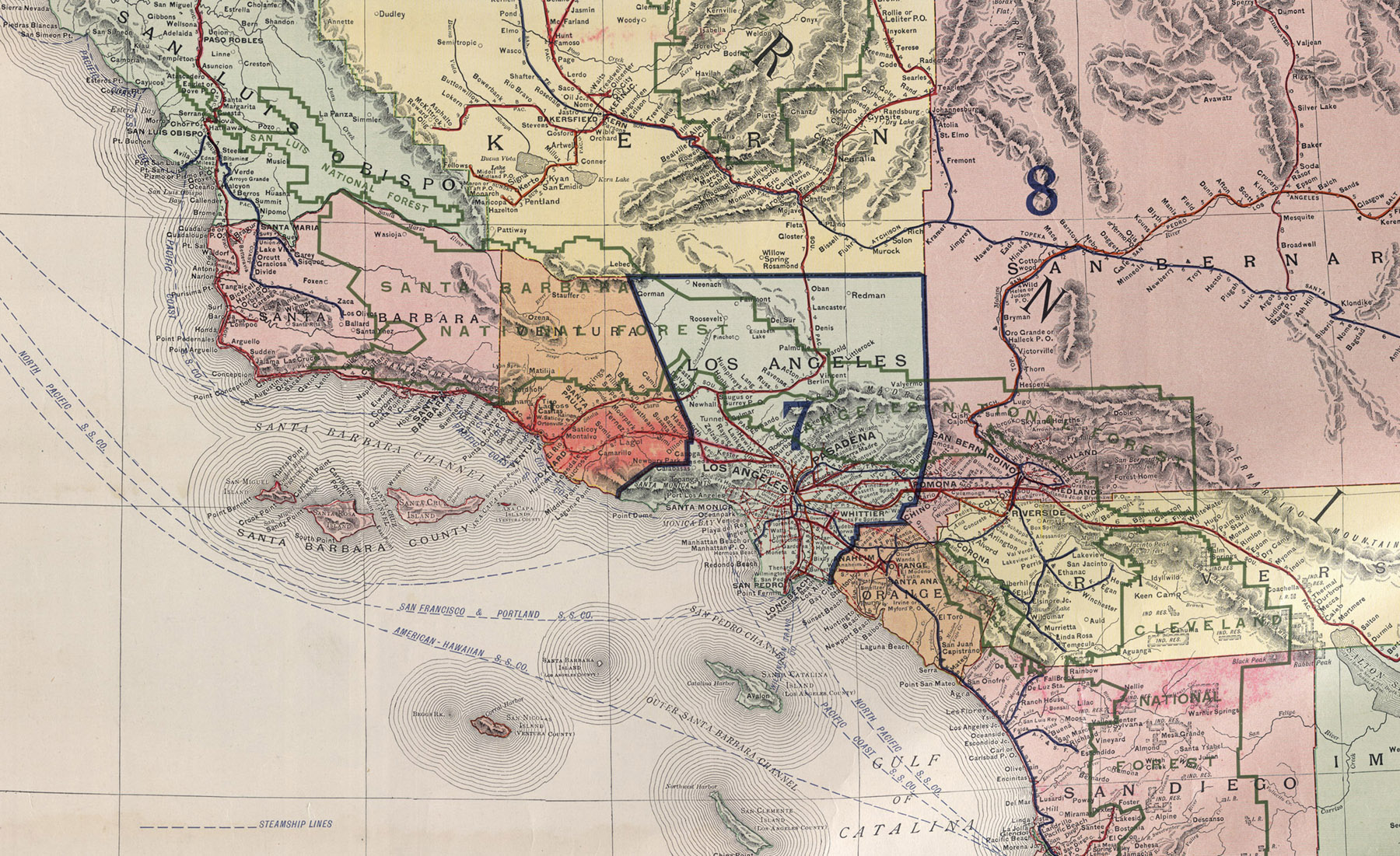The Hotel Del Coronado has been the place to be and be seen since opening in 1888. It was the first beach resort on the west coast and was the largest hotel in the world at the time. This National Register of Historic Places property preserves stunning Victorian & Queen Anne architecture and is the second largest wooden structure in the United States.
Hollywood royalty have used this as their playground since the 1920's including Charlie Chaplin, Lucille Ball, Desi Arnaz and Rudolph Valentino. The Del became even more famous from the 1959 film 'Some Like It Hot' starring Marilyn Monroe, Tony Curtis and Jack Lemmon. Enjoy exploring this stunning landmark with some of the finest sand on Earth.


































